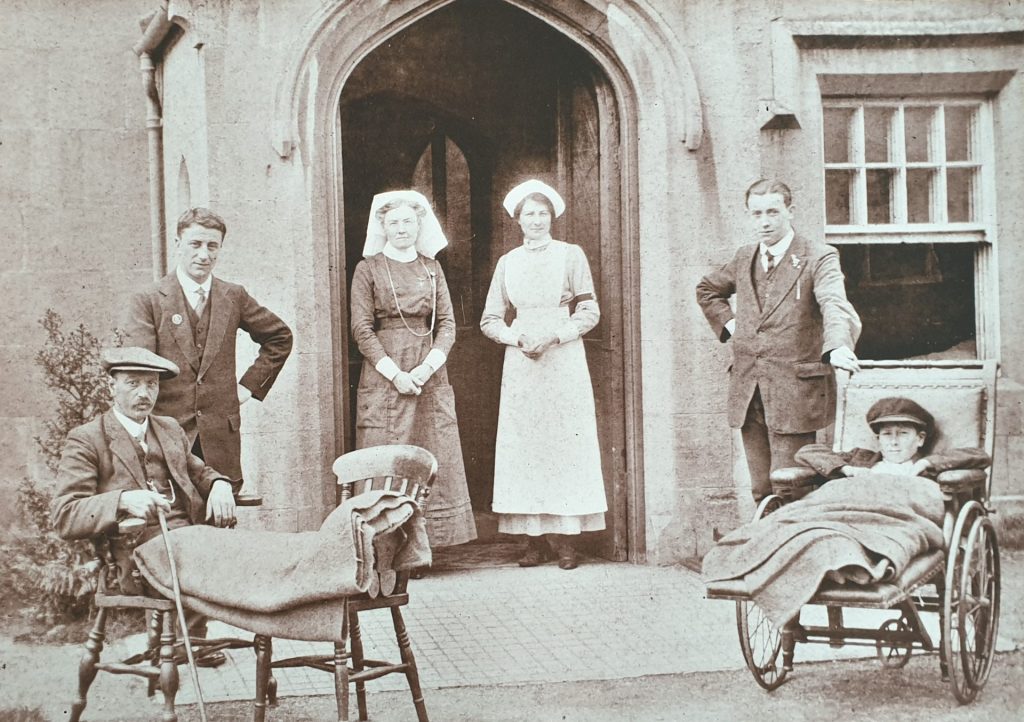There are copies of the Medical Fund Society Yearly Reports in Local Studies, Swindon Central Library and I recently published a blogpost about the Accident Hospital.
During 1885 there were 30 patients treated in the Medical Fund Hospital who had sustained injuries during an ordinary working day. Men like Henry Kent 44, a goods guard from Salisbury, who suffered fractured ribs and shoulder and died after 2 days in hospital. Thomas Tuck 38, a labourer from Wootton Bassett, who suffered a scalp wound but was discharged after 10 days in hospital. There are more details available about William Ball 56, a driver from Swindon, who fell off an engine while in motion and fractured two ribs and injured his head. He spent 29 days in hospital and was ‘discharged convalescent.’
Yesterday evening the Friends of Swindon Railway Museum’s monthly lecture, entitled ‘Into the Jaws of Death – working and dying on Britain’s railways 1900-1939,’ was delivered by Mike Esbester from the University of Portsmouth. The subject was the danger railwaymen faced on a daily basis whether working on the trackside or in railway factories such as Swindon Works.
In 1913 30,000 railway workers across the UK were killed or injured and yet responsibility was largely put on the men themselves – that they were careless!
In Mike’s presentation he talked about not just unsafe working practices and conditions but the pressure on workers to complete tasks at sometimes unrealistic speed; when wages were docked if targets were missed. Despite a railway inspectorate that highlighted dangers and trade unions that demanded change, railway companies were reluctant to act, and as Mike emphasised the onus was firmly placed upon the railwaymen themselves. Their personal safety was their responsibility.
In 2016 a joint initiative by the University of Portsmouth and the National Railway Museum saw the beginning of the ‘Railway Work, Life & Death’ project to try to make railway worker accident records more accessible and to see what could be learnt from them. These records are of interest not only to museums and archives professionals but to railway enthusiasts, family historians and the current railway industry. To date volunteers have transcribed around 50,000 surviving records, which are available to view on the project’s website.
Mike’s lecture was both compelling and revelatory. To discover more visit www.railwayaccidents.port.ac.uk.
And if you would like to join the Friends of Swindon Railway Museum visit their website. http://www.fosrm.org.uk/



Images of the Medical Fund Hospital published courtesy of https://swindonstory.uk/stories/gwr-hospital/